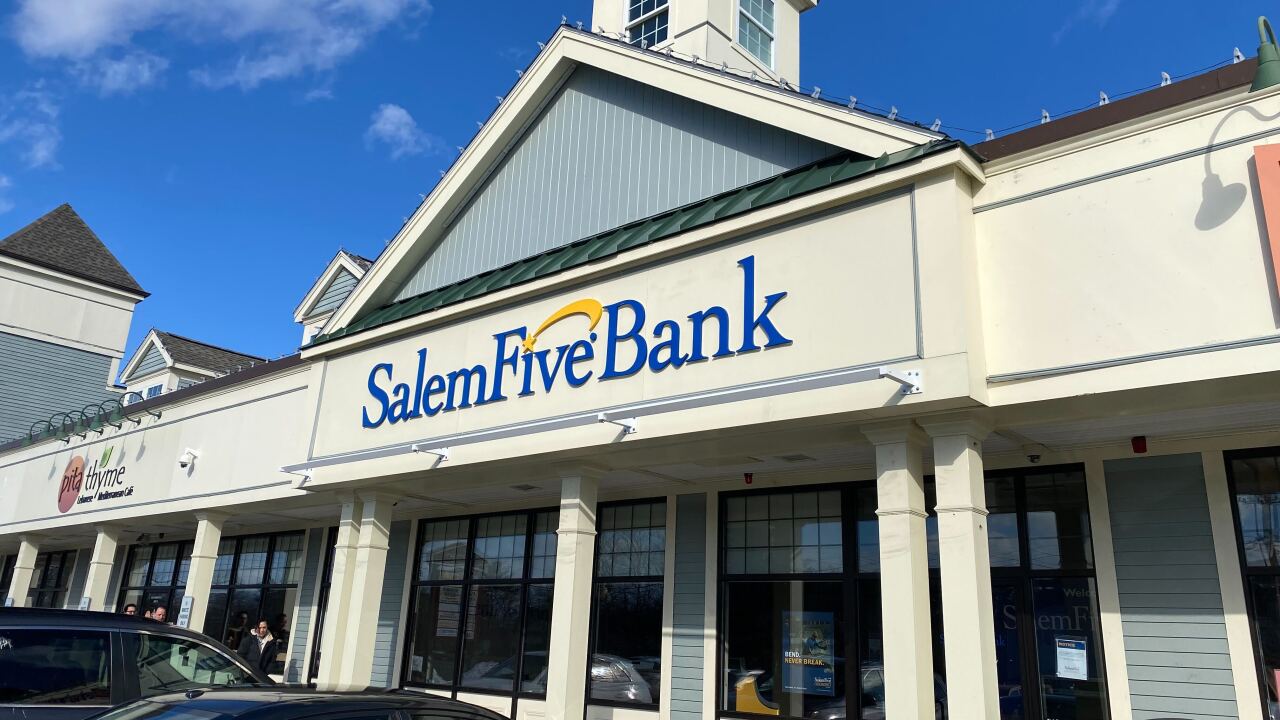-
MasterCard Inc. has introduced a mobile payments service designed to link consumers, carriers and banks around the world.
November 16 -
MasterCard Inc.'s deal to offer issuers a mobile phone person-to-person payments service could open the door for smaller financial companies to experiment with an emerging payments market that has previously been the province of big banks.
June 20
In MasterCard Inc.'s vision of the future, mobile phones have become versatile financial tools that offer a broad range of payments capabilities.
This week, the Purchase, N.Y., company took several steps that, together, demonstrate exactly how it plans to realize that vision.
MasterCard announced initiatives that included payments projects in Norway and Brazil and plans to expand its existing person-to-person transfer service globally. Taken separately, they might look like incremental moves in discrete markets, but considered as a whole, they show how the company is starting to connect the dots required to make mobile financial services both widely available and easy to use.
"Our newest mobile-payment efforts are designed to lay the groundwork for the future," Josh Peirez, MasterCard's group executive for innovative platforms, said in an interview this week at the Cartes and IDentification conference in Paris. "They are also stepping-stones aimed at training consumers to use their phones to make payments through various new channels."
Art Kranzley, MasterCard's chief emerging-technology officer, said it is trying to add point of sale payments, online transactions and account-to-account transfers to consumers' phones — linked to credit, debit and prepaid cards.
"There are a whole raft of other information services that can be loaded onto the phone," he said.
Richard K. Crone, the founder of Crone Consulting LLC, said these services could make MasterCard's payments network more important to banks. "When you combine all of those, you see a foundation being laid for the network to do more than authorize, transport and settle transactions," he said. "The network will deliver the service end-to-end and not just be a switch."
Kranzley said that, beginning in 2010, the company plans to offer its MoneySend transfer service worldwide. The service already lets people send funds to and from MasterCard credit and debit card accounts in 17 countries.
"Any MasterCard cardholder, if their bank is participating, will be able to send money to any other MasterCard holder, again, if their bank is participating, anywhere in the world," Kranzley said.
The company introduced MoneySend in the United States in June to let people send each other money through mobile phones; Bancorp Bank in Wilmington, Del., is the only U.S. issuer now offering the service, but MasterCard said it expects to announce more within months.
The service was introduced in India in 2007; State Bank of India used it to let customers send each other money domestically using automated teller machines.
Banks can choose to offer MoneySend in any of several ways, Kranzley said, including phones, online and other electronic transactions. "The bigger picture is channel-independent," he said.
The financial companies at either end of the transaction are responsible for satisfying know-your-customer and anti-money-laundering requirements.
Crone said MoneySend opens the door to a variety of payments services, and P-to-P is only the starting point. "You could see this migrating easily to small-business remittances or any kind of remittances," he said.
In Brazil, MasterCard introduced this week a Mobile Payments Gateway that lets people link their phone numbers to credit or debit accounts and use the handset as a portable wallet. Both bank customers and unbanked consumers can send each other money, pay bills, make purchases and transfer funds between accounts.
The service is offered in conjunction with Itau Unibanco, Brazil's largest bank, the Redecard processor and the mobile carrier Vivo; it uses technology from Smart Hub Inc., a subsidiary of Smart Communications Inc., a wireless carrier in the Philippines, where MasterCard already offers a similar gateway.
James Anderson, a vice president in MasterCard's mobile unit, said that mobile payments would be most useful in developed countries to people who work in the field such as plumbers and electricians, but could serve a much broader purpose in the developing world by improving business opportunities for small merchants.
MasterCard plans to introduce mobile payments gateway services in additional countries, Anderson said. "MoneySend is the bit that connects all the dots," he said. "Gateway is one of those dots, hopefully a large dot."
The company is also pushing forward on mobile point of sale payments with a project in Norway. DnB Nor, the country's largest bank and a leader in mobile financial services, is planning to test MasterCard's Mobile Over-the-Air Provisioning Service to configure handsets with near-field communications chips.
Kranzley said earlier trials elsewhere have shown that the system can install magnetic-stripe payment credentials onto phones. MasterCard wants to ensure that the same capabilities are available in countries that use the EMV Integrated Circuit Card Specification security format, he said.
"Managing the mobile phone payment personalization process from beginning to end is a big leap forward in terms of security and convenience," Peirez said.




